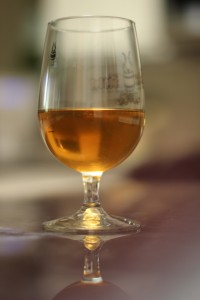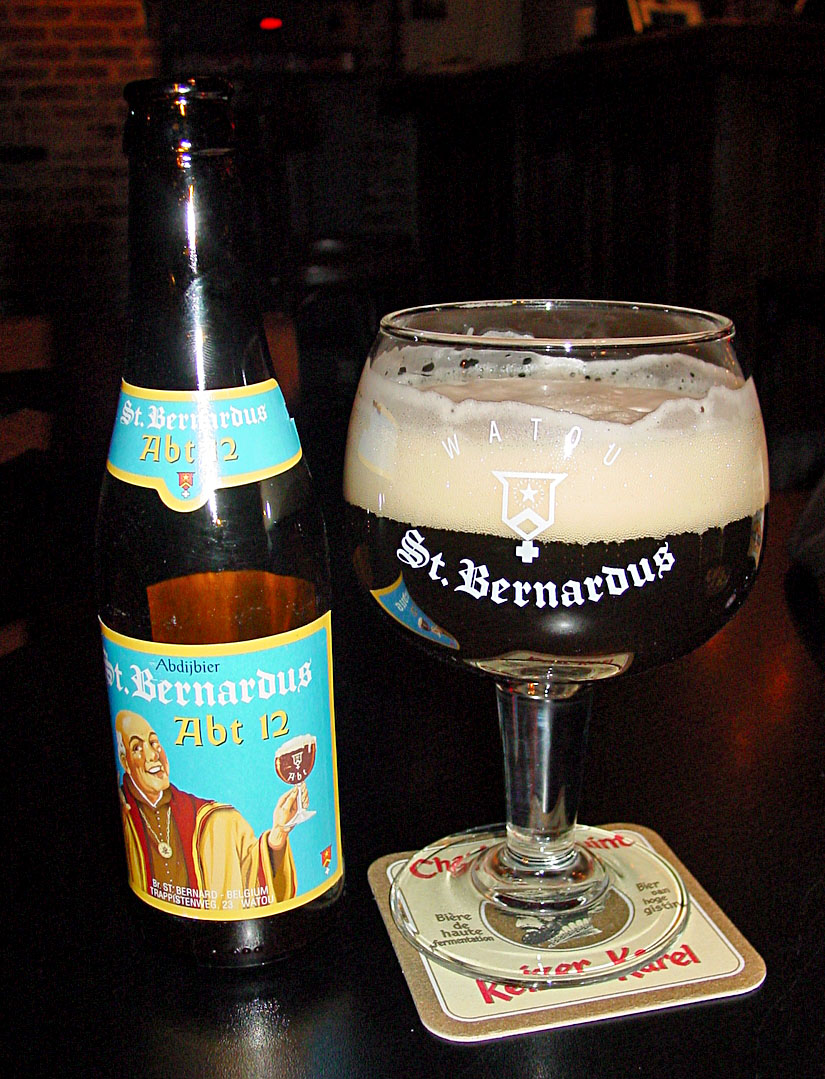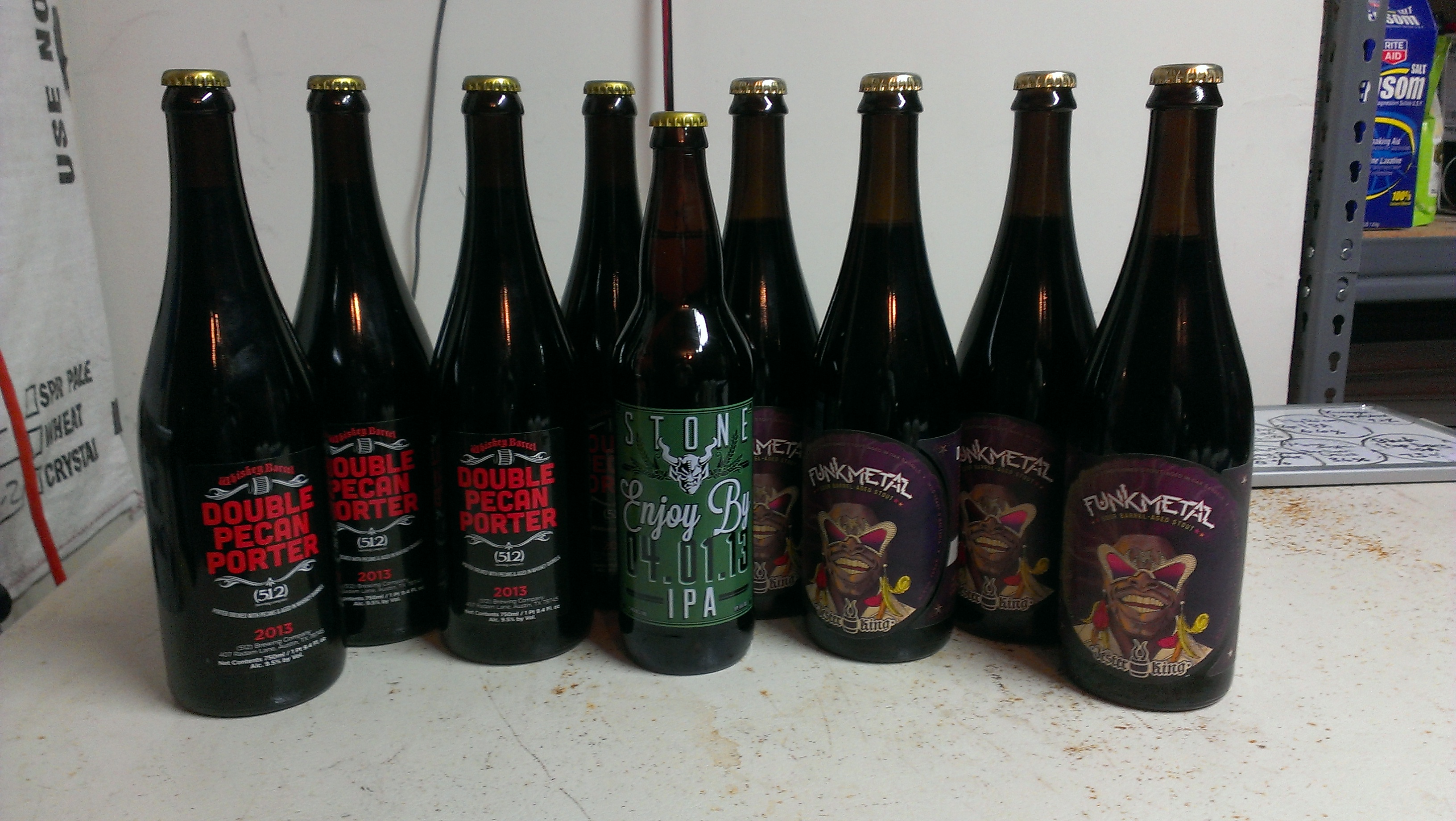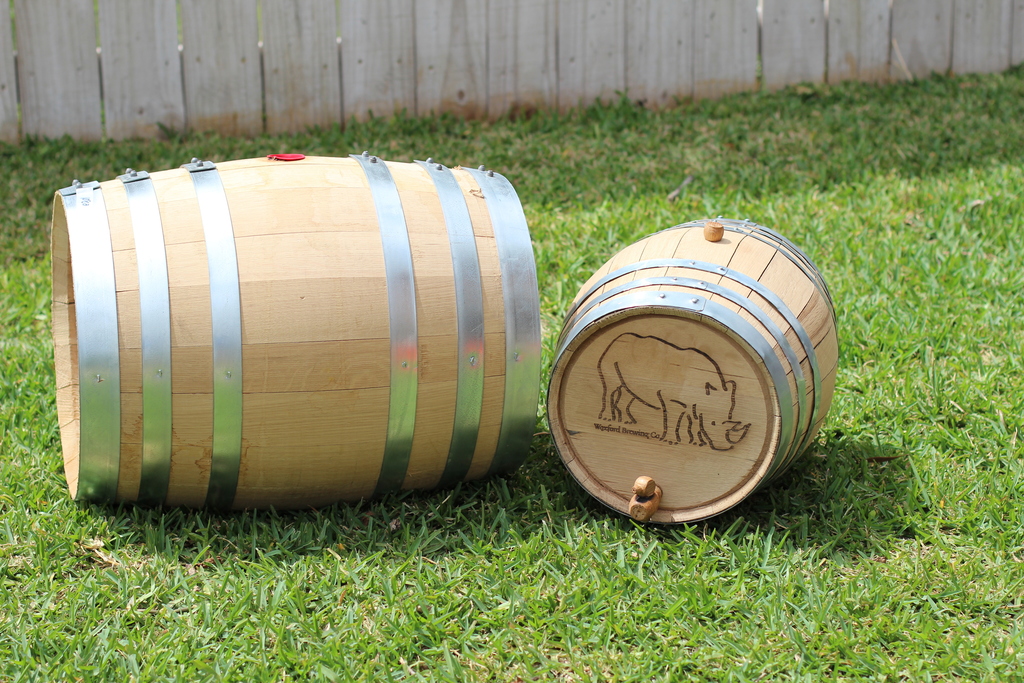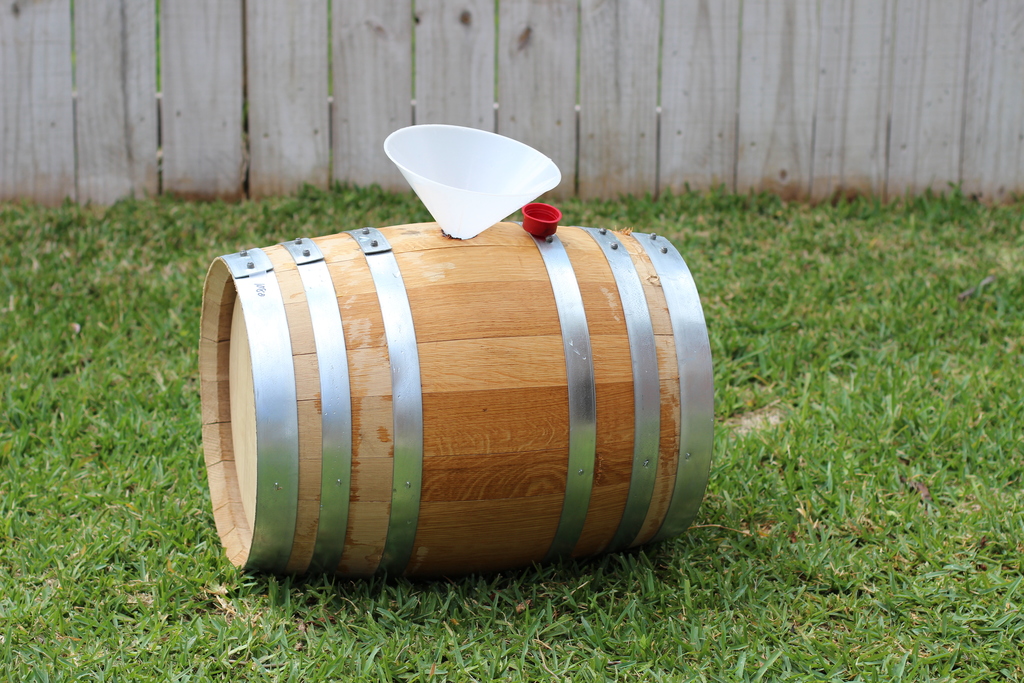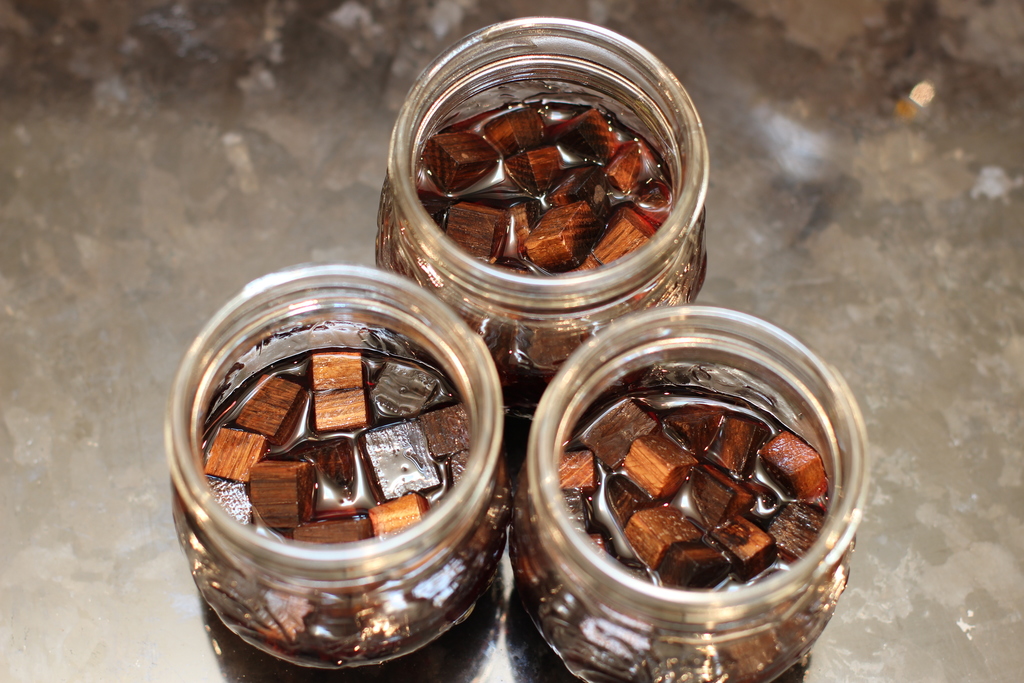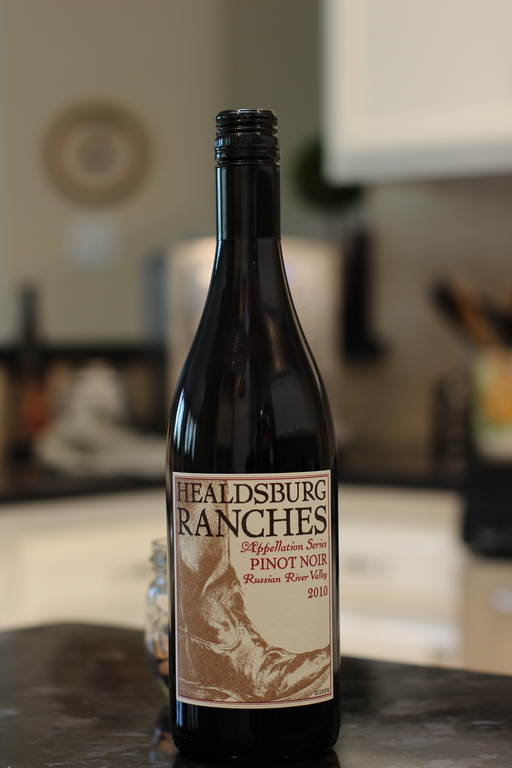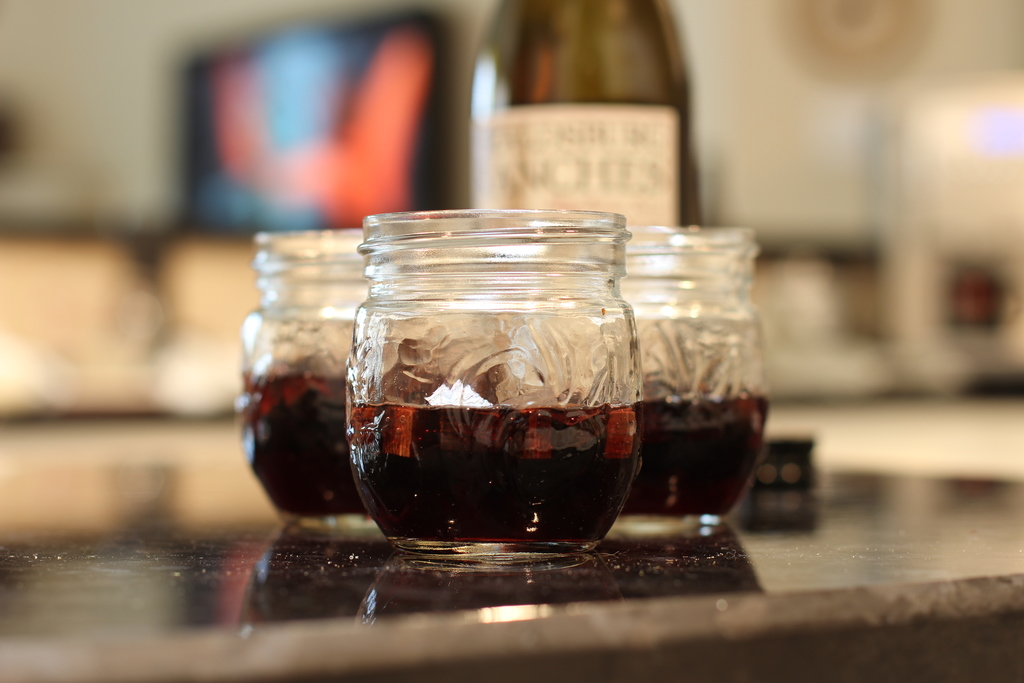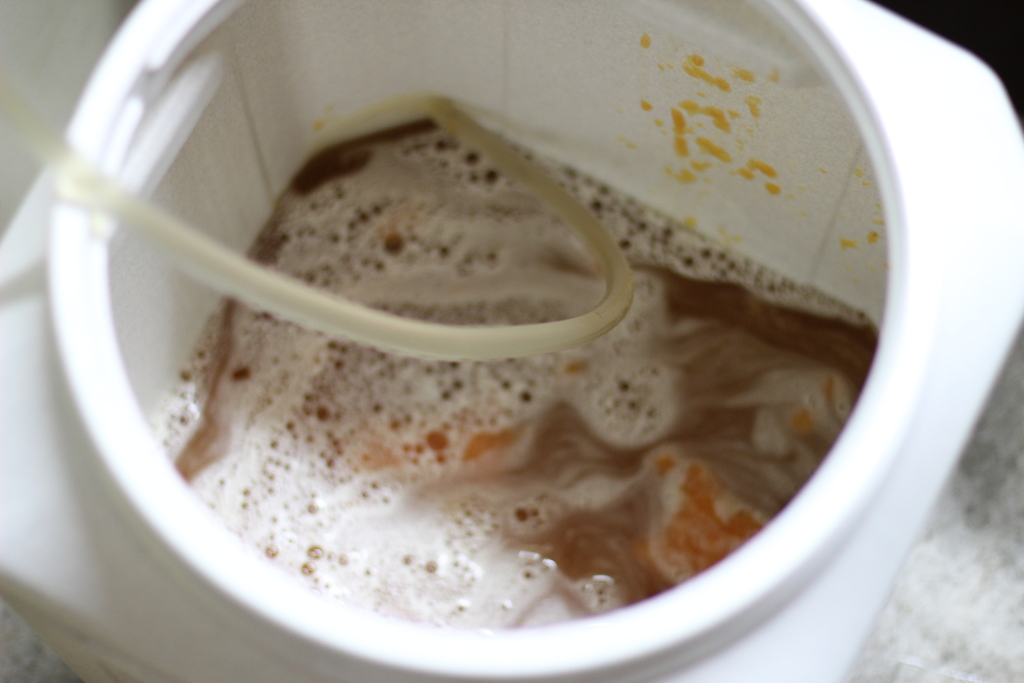This Friday, I’ll be brewing up only my second Belgian recipe. The first was really a sour attempt that’s still undergoing secondary fermentation. Once it starts to develop some decent flavor I’ll be sure to post something about the experience.
I tend to have some pallet trouble with Belgian beers. Mostly they’re too sweet for me at this point. Every now and then I run across some great beers despite the general focus on lots of residual sweetness and low hopping rates. I’ve even had a chance to taste the “greatest beer in the world“, Westvleteren 12. So far over-rated that I don’t even know where to begin.
One of my best friends was able obtain some of this beer and I picked up what some say is the identical beer, St. Bernardus Abt 12. We performed a side-by-side and while I picked up some subtle differences in carb and sweetness; it’s so close on flavor and miles away on price that everyone should just forget Westy 12 and pickup the more commonly distributed and equally good (if a strong, sweet, belgian ale is what you’re looking for) beer for far far less.
Now that you know I’m not a big fan, I do have to say there are some really great belgian beers out there. My current favorite which was absolutely stunning to me, was To Øl‘s Sans Frontiere. A huge Belgian Pale or IPA beer. It has all of the flavor characteristics of a typical Belgian beer, but it has an enormous hop nose and flavor that just brings so much more character and flavor to the beer. And to top it off; it’s bottled with Brett yeast which gives the beer another dimension just not typically found in Belgian Pale Ales.
With this great beer in mind, I turned to another challenge on the homebrew. Pro-AM brewing around Austin, Texas. Flix Brewhouse, the first brewery/theatre combo around is holding a competition and the style focus is 18A, Belgian Blonde.
I’ve pulled together what I think would be a simple, but classic Belgian Blonde recipe, styled after one of the beers in Brew Like a Monk and described by Jolly Pumpkin’s Ron Jefferies.
I’m looking forward to brewing this beer to see if it has the same amazing character that Sans Frontiere does. I’ll be looking at a new technique of naturally carbonating the beer in a keg with Brett yeast.
Here’s the recipe, which is much more easily shared now that I’ve found a BeerXML wordpress plugin.
Recipe Details
| Batch Size | Boil Time | IBU | SRM | Est. OG | Est. FG | ABV |
|---|---|---|---|---|---|---|
| 5.3 gal | 90 min | 27.7 IBUs | 5.8 SRM | 1.062 | 1.004 | 7.6 % |
| Actuals | 1.046 | 1.01 | 4.7 % | |||
Style Details
| Name | Cat. | OG Range | FG Range | IBU | SRM | Carb | ABV |
|---|---|---|---|---|---|---|---|
| Belgian Blond Ale | 18 A | 1.062 - 1.075 | 1.008 - 1.018 | 15 - 30 | 4 - 7 | 2.2 - 2.8 | 6 - 7.5 % |
Fermentables
| Name | Amount | % |
|---|---|---|
| Pilsner (2 Row) Bel | 7.098 lbs | 60 |
| Wheat Malt, Ger | 3.904 lbs | 33 |
| Chocolate Malt (Thomas Fawcett) | 0.5 oz | 0.26 |
| Corn Sugar (Dextrose) | 12.76 oz | 6.74 |
Hops
| Name | Amount | Time | Use | Form | Alpha % |
|---|---|---|---|---|---|
| Styrian Goldings - FHBS - 20130401 | 1.27 oz | 90 min | Boil | Pellet | 3 |
| Hallertauer Mittelfrueh | 0.47 oz | 60 min | Boil | Pellet | 4.3 |
| Crystal | 0.17 oz | 1 min | Boil | Pellet | 3 |
Miscs
| Name | Amount | Time | Use | Type |
|---|---|---|---|---|
| Calcium Chloride | 6.40 g | 60 min | Mash | Water Agent |
| Gypsum (Calcium Sulfate) | 3.40 g | 60 min | Mash | Water Agent |
| Epsom Salt (MgSO4) | 0.50 g | 60 min | Mash | Water Agent |
Yeast
| Name | Lab | Attenuation | Temperature |
|---|---|---|---|
| Belgian Ale (WLP550) | White Labs | 82% | 68°F - 78°F |
Mash
| Step | Temperature | Time |
|---|---|---|
| Saccharification | 147°F | 90 min |
| Mash Out | 168°F | 10 min |
Download
| Download this recipe's BeerXML file |
Update:
2013-04-12 – Initial pitch at 75F, temp lowered to about 68F.
2013-04-13 – Active and vigourus fermentation at 7AM
2013-04-14 – switched blowoff containers, bumped temp up to 70F
2013-04-15 – switched blowff containers again, bumped temp up to 72F
2013-04-23 – pulled first sample, S.G 1.008 @ 72F -> 1.010. Nice light color, a little cloudy, nice spice, a bit of sulfur in the nose. Recommendation is another one to two weeks in primary to help push FG down a few more points, and possible clean up sulfur nose. Thinking of a very light (.25 oz) dry-hop of crystal or willamette.
2013-05-05 – pulled a second sample, S.G 1.006 @ 73.4F -> 1.007. Color still very light, brilliant clarity as yeast have dropped out. Great Belgian aroma, sugar, sweet nose, lemon. Light on the spice. Sulfur all gone. Mouthfeel is thicker than expected… Looking really nice. Transferred to keg for natural carbonation to 2.4 Volumes.
